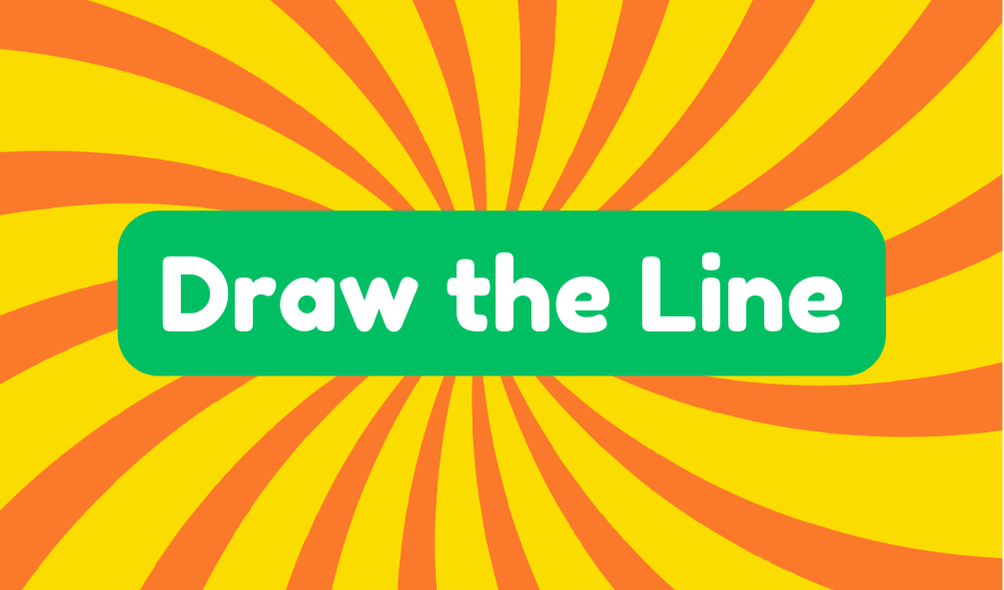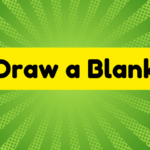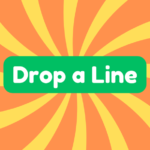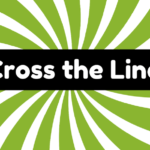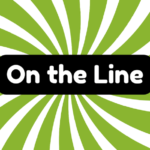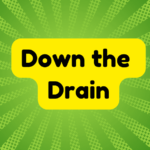"Draw the line" means to establish moral or ethical boundaries. Its origin traces back to the late 1700s, symbolizing the need for limits. This concept is prominent in various dilemmas, such as determining unacceptable behavior in social situations. For example, deciding whether to report a friend's misconduct could illustrate this phrase's relevance. Today, it remains vital in workplaces and social justice movements, as society grapples with the balance of personal values and collective responsibility. Understanding this phrase opens up discussions on deeper ethical matters.
Synonyms
When exploring the concept of "drawing the line," it is essential to contemplate its synonyms, which enrich the understanding of this idiom. This concept often pertains to the boundaries definition that individuals set to safeguard their values, particularly regarding moral limits.
- Distinction
- Limit
- Boundary
- Threshold
- Division
Understanding these synonyms helps in realizing how personal and societal values influence decisions. Individuals frequently grapple with where to set these limits, especially in complex moral situations. A clear grasp of these terms aids in traversing the nuanced terrain of ethical behavior and personal convictions, shaping everyday choices.
Example of Sentences
Establishing clear boundaries often proves challenging in various aspects of life, yet the expression "draw the line" effectively captures this struggle. Individuals frequently encounter ethical dilemmas where the boundaries definition becomes vital. For instance, they might face situations such as:
- Deciding whether to report a friend's wrongdoing.
- Determining the acceptable amount of overtime at work.
- Defining when jokes cross into the territory of offense.
- Evaluating the extent of public decorum during protests.
- Choosing personal involvement in controversial discussions.
In each case, drawing a line is essential, yet often remains contentious and subjective, leaving many to ponder what limits they should uphold.
Origin
The idiom "draw the line" carries a rich history that reflects its significance in human interaction and societal norms. Emerging in the late 1700s, this expression conveys the importance of setting boundaries. Historical context reveals its potential ties to early tennis, where lines marked court limits, illustrating the necessity of establishing parameters. Additionally, the phrase may have roots in political scenarios—specifically, lines drawn in Parliament to prevent violence. These idiomatic expressions highlight humanity's ongoing struggle with limits, as societies continuously grapple with balancing individual freedom and collective responsibility, questioning where limits should be drawn for effective coexistence.
Collocations
Collocations related to the phrase "draw the line" reveal the nuances of its usage in everyday language. Understanding these collocations examples allows individuals to appreciate various usage contexts, helping to grasp the idiom's significance. Some common collocations include:
- Draw the line at unacceptable behavior
- Draw the line between work and personal life
- Draw the line when it comes to ethics
- Draw the line in negotiations
- Draw the line for future actions
Recognizing these phrases encourages a deeper exploration of boundaries, prompting critical thinking about personal and societal limits while engaging in meaningful discussions.
How to Use in Everyday Language
Understanding how to use the phrase "draw the line" in everyday language reveals much about an individual's values and boundaries. This expression serves as a tool for articulating social boundaries and ethical limitations, allowing one to define unacceptable behavior. For example, in discussions about work, a person might say they draw the line at unpaid overtime, illustrating their respect for personal time. However, individuals must consider whether their boundaries are flexible enough to foster collaboration or too rigid, potentially hindering progress. Ultimately, grasping this idiom's meaning encourages critical reflection on personal principles and the impact of one's limits in various contexts.
Why Is It Still Relevant Today?
Why does the phrase "draw the line" continue to resonate in a rapidly changing world? Its cultural significance remains profound as individuals maneuver through moral, ethical, and personal boundaries. The concept finds modern applications in various areas, from workplace policies to social justice movements, reflecting the need for clarity amidst complexity. As society evolves, drawing boundaries becomes essential to define acceptable behavior and promote accountability.
| Aspect | Example |
|---|---|
| Cultural Impact | Protecting individual rights |
| Workplace Setting | Limiting work hours |
| Social Movements | Establishing non-negotiables |
| Digital Spaces | Controlling online conduct |
| Personal Ethics | Maneuvering through relationships |

